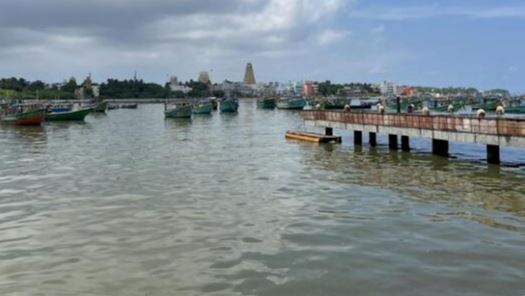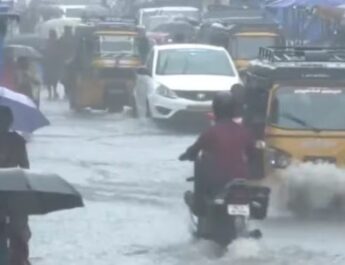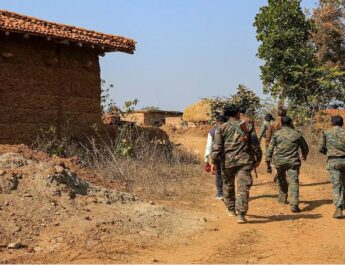New Delhi: MK Stalin, the leader of the DMK, has addressed a letter to Prime Minister Narendra Modi, urging the government to reclaim Katchatheevu Island, which was transferred to Sri Lanka through agreements made in 1974 and 1976.
As Prime Minister Modi embarks on a state visit to Sri Lanka, the issue of Katchatheevu Island has resurfaced prominently, with opposition parties, including the Congress and DMK, urging the government to take action on the matter.
On Saturday, Congress MP Pramod Tiwari emphasized that the Katchatheevu issue has become a significant concern for Indian citizens and fishermen, asserting that PM Modi should address this matter with determination.
On April 2, the Tamil Nadu assembly passed a resolution advocating for the retrieval of the island to protect the traditional fishing rights of Indian fishermen operating in the Palk Bay area.
The long-standing dispute gained renewed attention after Modi tweeted last year that the Congress had “callously given away” Katchatheevu to Sri Lanka in the 1970s, igniting fresh political discussions. During a press briefing, External Affairs Minister S. Jaishankar remarked that the issue had been “hidden too long from the gaze of the public.”
Katchatheevu, a small island utilized by fishermen for drying nets, resting, and praying, has been central to livelihood issues in Tamil Nadu. Previous leaders, including J. Jayalalithaa and M. Karunanidhi, had raised concerns with the central government, arguing that the cession of Katchatheevu compromised the rights of Indian fishermen in the adjacent waters.
The history of Katchatheevu is notable; it was a small island once governed by the British during colonial times, originally owned by the Raja of Ramnad (now Ramanathapuram, Tamil Nadu), and later became part of the Madras Presidency. By the 1920s, both India and Sri Lanka laid claim to the island for fishing rights, and the dispute persisted for decades, even after both nations achieved independence in the 1940s.
Over the subsequent six years, efforts to address the issue became more pronounced. The Indian Ministry of External Affairs spearheaded the negotiations, receiving assistance from naval hydrographers.
Agreements between India and Sri Lanka
In June 1974, Prime Ministers Indira Gandhi and Sirimavo Bandaranaike formalized the Agreement between Sri Lanka and India on the Boundary in Historic Waters and Related Matters, which established the official maritime boundary extending from the Palk Strait to Adam’s Bridge.
A joint statement issued on June 28, 1974, indicated that the boundary was delineated “in accordance with historical evidence, legal international principles, and precedents,” specifying that “this boundary is situated one mile off the west coast of the uninhabited” Katchatheevu.
Article 4 of the agreement specified that each nation would maintain sovereignty and exclusive jurisdiction over the waters, islands, and subsoil on their respective sides of the boundary, confirming that Katchatheevu lies within Sri Lankan waters.
An additional clause stated that “Indian fishermen and pilgrims would have access to the island as previously and would not be required by Sri Lanka to obtain travel documents or visas for these activities.”
A subsequent agreement in 1976 — the Agreement between India and Sri Lanka on the Maritime Boundary Between the Two Countries in the Gulf of Mannar and the Bay of Bengal and Related Matters — further solidified the maritime arrangements.



